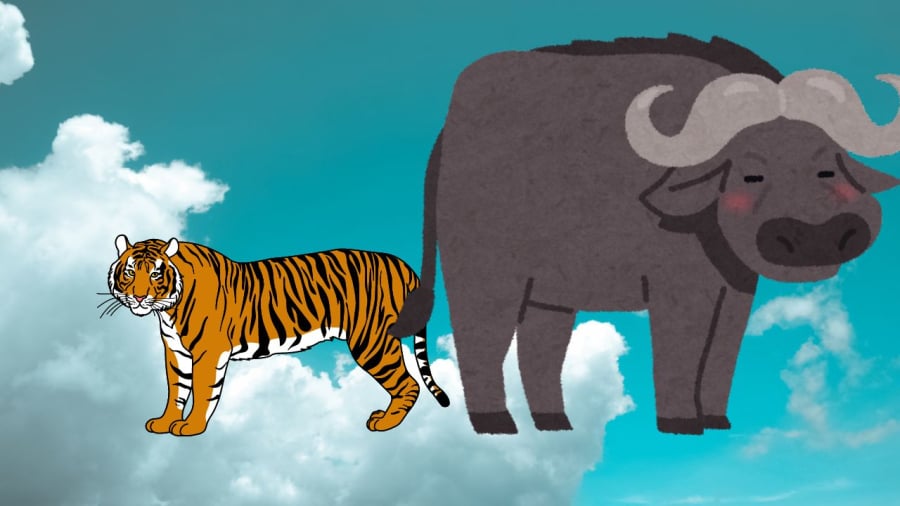Herbivores such as cattle, buffalo, horses, pigs, and chickens are a primary food source for humans, while carnivores are rarely consumed as food.
According to evolutionary history, our ancestors were hunter-gatherers. As Africa began to dry out, vast stretches of rainforest transformed into grasslands, prompting humans to descend from the trees and roam the open plains.
During the hominin era, humans transitioned from herbivores to carnivores, initially preying on insects, lizards, and other small animals. At this time, Africa was home to formidable carnivores such as saber-toothed tigers, cave lions, giant short-faced bears, and ferocious wolves.

Humans Consuming Herbivore Meat
Carnivores tend to be stronger and more agile than humans, and our primitive weapons were no match for them. Evading these predators was a priority, leaving little opportunity to hunt them for food.
As tools and hunting techniques evolved, humans learned to prey on various carnivores. However, facing formidable creatures like saber-toothed tigers, early humans were still at a disadvantage and had to avoid them. Later, while humans became capable hunters, carnivores remained challenging to catch and less abundant.
Herbivores: A Preferable Choice
During our evolutionary journey, as we transitioned from herbivores to carnivores, early humans primarily consumed herbivorous animals, thus forming a habit. Habits are entrenched and challenging to break, so this practice was passed down through generations, reinforcing the preference for herbivorous meat.
Opting for herbivores as a food source offers several advantages. Firstly, they are more abundant, as herbivores tend to have larger populations, ensuring a stable food supply. Secondly, herbivores are generally more docile and easier to capture, especially considering their ability to reproduce and increase their numbers rapidly, meeting human consumption demands.

Larger and More Docile Herbivores: A Preferable Food Source
Additionally, herbivores are typically larger, such as cattle and buffalo, which can feed more people within a community. As human populations grew, the demand for meat increased, making herbivores an even more attractive food option.
From a nutritional standpoint, herbivore meat is generally considered healthier. Carnivore meat tends to be more acidic and can accumulate toxins as they move up the food chain. Consuming meat from apex predators, such as eagles, can result in kidney and liver damage over time due to the concentration of toxins.
The docile nature of herbivores also reduces the risk of human injury or death during hunting or capture, thus avoiding potential population decline. The ability to manage and increase herbivore populations aligns with human population growth and ensures a sustainable food source.
Consequently, animals such as cattle, horses, sheep, and pigs were among the first to be domesticated by our ancestors for food, shaping our dietary preferences and practices.
In conclusion, the choice of herbivores as a primary food source is deeply rooted in Earth’s history, human evolution, and the natural environment. It also takes into account nutritional considerations, habitual behaviors, and resource utilization.

































